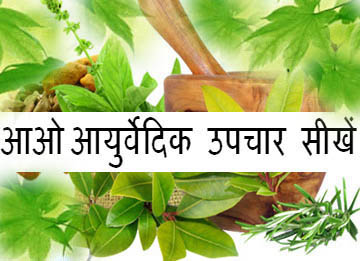Bhopal:April 8, 2008:Public Health Engineering Department has proposed an action plan to the tune of Rs 322 crore 75 lakh for drinking water. Out of this amount, Rs 232 crore 44 lakh is proposed for rural areas and Rs 90 crore 31 lakh for urban areas. Capacity is also proposed to be enhanced from 40 to 55 litres
per day per head in full satiation three thousand habitats. Salient features * Rs 322 crore 75 lakh plan implemented * Rs 232.44 lakh for rural areas * Rs 90 crore 31 lakh for urban areas * Drinking water arrangements in source-less habitats and 6000 partially satiated habitats. * Water supply quantity in fully satiated three thousand habitats increased from 40 to 55 litres per day per head Plan outlay of over Rs 322 crore 75 lakh has been fixed by the State Planning Commission for Public Health Engineering Department for the year 2008-09 for carrying out works related to water supply, sanitation and environmental improvement and state works. Under this plan, drinking water arrangements would be made in source-less habitats. Similarly, drinking water would also be made in six thousand partially satiated habitats. Water supply quantity in fully satiated three thousand habitats would be increased from 40 to 55 litres per day per head. New tube wells would be dug at the sites of out of order or out of use tube wells. Drinking water and sanitary arrangements would be made in two thousand rural schools and two hundred hostels being run by Scheduled Castes and Scheduled Tribes Welfare Department. Under the programme for giving permanency to groundwater augmentation and drinking sources, two thousand structures would be constructed. Thirty thousand dilapidated platforms of hand pumps would be constructed and regular maintenance of over two thousand hand pumps would be undertaken under the programme of conduct and maintenance of rural drinking water schemes. Potable water sources would be developed for 500 tap water schemes after drying up of water source. Under fluorosis control programme, brackish water would be controlled in one thousand 175 habitats and alternative arrangements would be made in 115 habitats. Work of 35 urban supply schemes would be undertaken under department’s scheme for urban water supply and ejection of dirty effluents.











